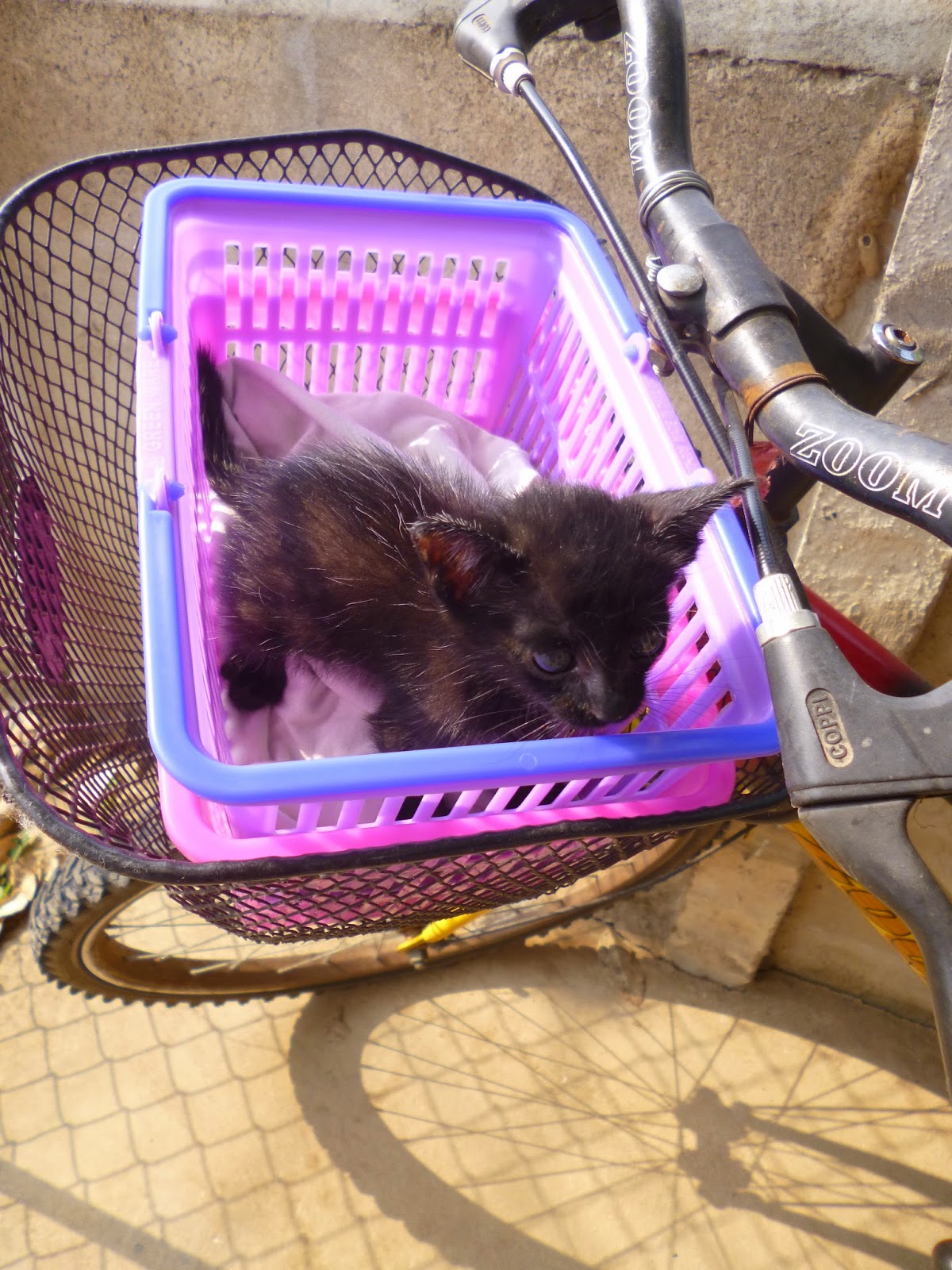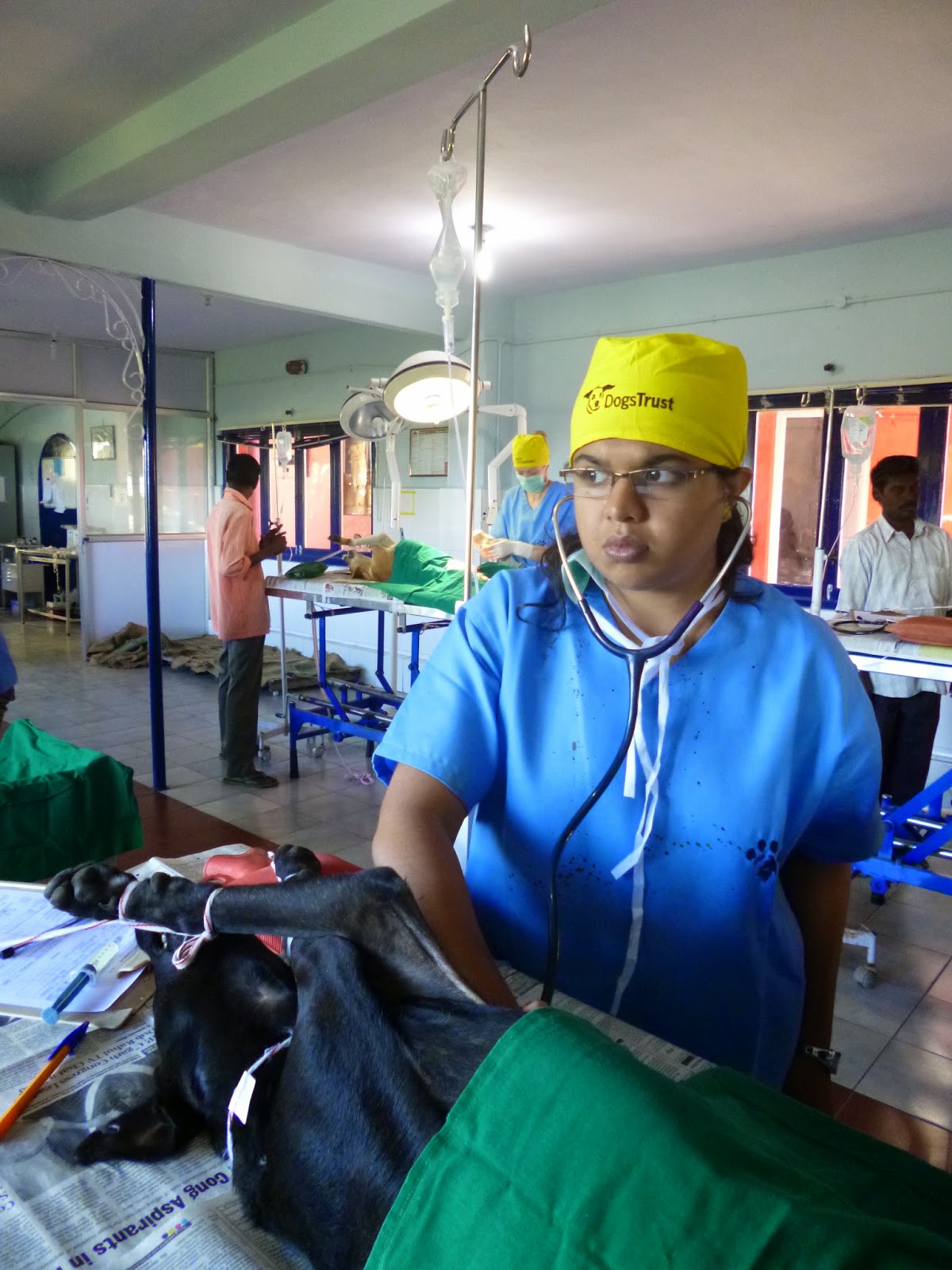Happy 2015!!
This blog popped into my head two nights ago after months of neglect...primarily because of two incidents this week:
1) While eating an unremarkable salad, I realized how desperately I miss Dirty Girl Produce lettuce greens from Santa Cruz, California:
This blog popped into my head two nights ago after months of neglect...primarily because of two incidents this week:
1) While eating an unremarkable salad, I realized how desperately I miss Dirty Girl Produce lettuce greens from Santa Cruz, California:
I moved to London to pursue an MSc in One Health (Infectious Diseases) in September 2014, and after 5 months of eating produce here, I LONG for those wonderful salad greens that I always claimed had the "energy of the sun" within them as I ate them!! So fresh, crisp, tasty and ENERGETIC!!
The following might illustrate why I crave more solar energy:
Though, truth be told, I have been told by many Londoners that this winter has really been very mild and nowhere near as dreary as usual...possibly the sole positive aspect to climate change...
2) I am possibly going to pursue a Masters project focused on the impetus for my becoming an "itinerant vet" in the first place: rabies in poor (aka developing, resource-poor or low-income) countries. (The language acrobatics that are sometimes used to essentially distinguish "rich" from "poor" regions hearkens back to George Carlin).
Despite all the attention that Ebola has been getting over the past year, there are less "flashy" infectious diseases out there that kill far more people in a more insidious and neglected manner (e.g., pneumonia, diarrhea and HIV/AIDS). There is a reasonable chance that I will head to Malawi in southern Africa to do anthropological-based research regarding rabies, dog health and welfare and public health.
The ultimate goals include: to eliminate human cases of rabies (children under the age of 15 years are the majority of human rabies deaths...and the progression to death from rabies is horrific and should NOT be happening in this day and age when there are both 100% effective vaccines and 100% effective post-exposure treatments available), to prevent mass-culling (often times governmental policy-enforced mass-shooting) of dogs following a human rabies outbreak, and to help establish a long-term, locally sustainable rabies-control/elimination program.
The following is a graphic, dated video of a human case of rabies, which to me further emphasizes why human rabies deaths (currently occurring at a likely under-reported rate of 1 death every 10 minutes globally) should not be neglected any further:
I'll try to update this blog as I go along...




















































